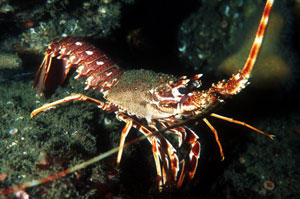Zem spieva
VIDUITSY, Belarus - "The winter rye is already sprouting green in the undulating fields of the state cooperative farm here. The summer's crop - rye, barley and rapeseed - amounted to 1,400 tons. Best of all, the farm's director, Vladimir I. Pryzhenkov, said, none of it tested radioactive.
That is progress. The farm's 4,000 acres are nestled among some of the most contaminated spots on earth, the poisoned legacy of the worst nuclear accident in history: the explosion at Chernobyl Reactor No. 4 on April 26, 1986.
Nearly a quarter of Belarus, including some of its prime farmland, remains radioactive to some degree. Mr. Pryzhenkov's farm represents part of the government's efforts to put the contaminated lands back to good use.
The farm, no longer known as the Karl Marx collective but still state-owned, reopened two years ago with the millions of dollars' worth of harvesters, tractors and other equipment provided by President Aleksandr G. Lukashenko's government.
A year before that the checkpoints that once restricted access to this region, 150 miles from Chernobyl, disappeared. Families began returning. Some had never left; all needed jobs."...
Steven Lee Myers "Belarus Resumes Farming in Chernobyl Radiation Zone" Nytimes.com October 22, 2005.
*
Last night, N. told me how her Tartar grandfather after, apparently, miraculously surviving a bullet wound in the First World War, returned to his village and became a respected folk-healer. Later, when N.'s father had malaria as a young boy, the grandfather fed his son crawfish broth for weeks on end to restore the son's health and immune system.

Crawfish
Photo credit: (c) Paul Kay via www.english-nature.org.uk
That is progress. The farm's 4,000 acres are nestled among some of the most contaminated spots on earth, the poisoned legacy of the worst nuclear accident in history: the explosion at Chernobyl Reactor No. 4 on April 26, 1986.
Nearly a quarter of Belarus, including some of its prime farmland, remains radioactive to some degree. Mr. Pryzhenkov's farm represents part of the government's efforts to put the contaminated lands back to good use.
The farm, no longer known as the Karl Marx collective but still state-owned, reopened two years ago with the millions of dollars' worth of harvesters, tractors and other equipment provided by President Aleksandr G. Lukashenko's government.
A year before that the checkpoints that once restricted access to this region, 150 miles from Chernobyl, disappeared. Families began returning. Some had never left; all needed jobs."...
Steven Lee Myers "Belarus Resumes Farming in Chernobyl Radiation Zone" Nytimes.com October 22, 2005.
*
Last night, N. told me how her Tartar grandfather after, apparently, miraculously surviving a bullet wound in the First World War, returned to his village and became a respected folk-healer. Later, when N.'s father had malaria as a young boy, the grandfather fed his son crawfish broth for weeks on end to restore the son's health and immune system.

Crawfish
Photo credit: (c) Paul Kay via www.english-nature.org.uk


0 Comments:
Post a Comment
<< Home